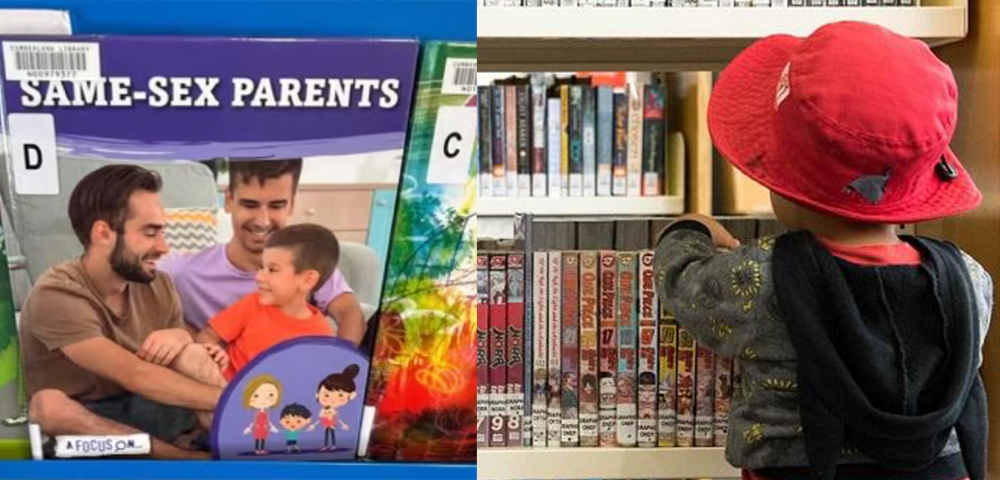

A new report has shown a distressing increase in family violence-fuelled homelessness, prompting calls for an urgent funding package to provide pathways to safe housing for women and children.
Homelessness Australia’s Homelessness and domestic and family violence: State of Response Report, released to coincide with International Women’s Day, showed that 45 per cent of women and girls that seek help for homelessness do so due to family and domestic violence.
Over the past decade, the report found that the number of women and children sleeping rough or in a car at the end of homelessness support more than doubled, from 1,041 to 2,428.
In addition, the number of women and children couch surfing at the end of support more than doubled from 3,465 to 7,214.
Kate Colvin, CEO of Homelessness Australia, said: “Thousands of Australian women are faced with an impossible choice – return to a violent home or confront homelessness. This is not a decision anyone should be forced to make, yet it’s happening more and more.”
“Pathways to safe housing are the missing piece in the Government’s response to family violence, but can be addressed in the soon to be released five-year National Housing and Homelessness Agreement,” she continued.
She reiterated the call for action, saying “This International Women’s Day it would be refreshing to see real action to fix a desperate, parlous situation that puts the lives and safety of too many women and girls at risk.”
In the past year alone, the number of women and children sleeping rough or in a car after receiving homelessness support increased by 23 per cent.
But Jocelyn Bignold OAM, CEO of McAuley Community Services for Women said the key was early intervention.
“Every day we work with women who have suffered trauma in a violent relationship who then suffer more when they become trapped in homelessness,” she said.
“With the right early intervention supports many women would never become homeless and could safely remain in their home.”









